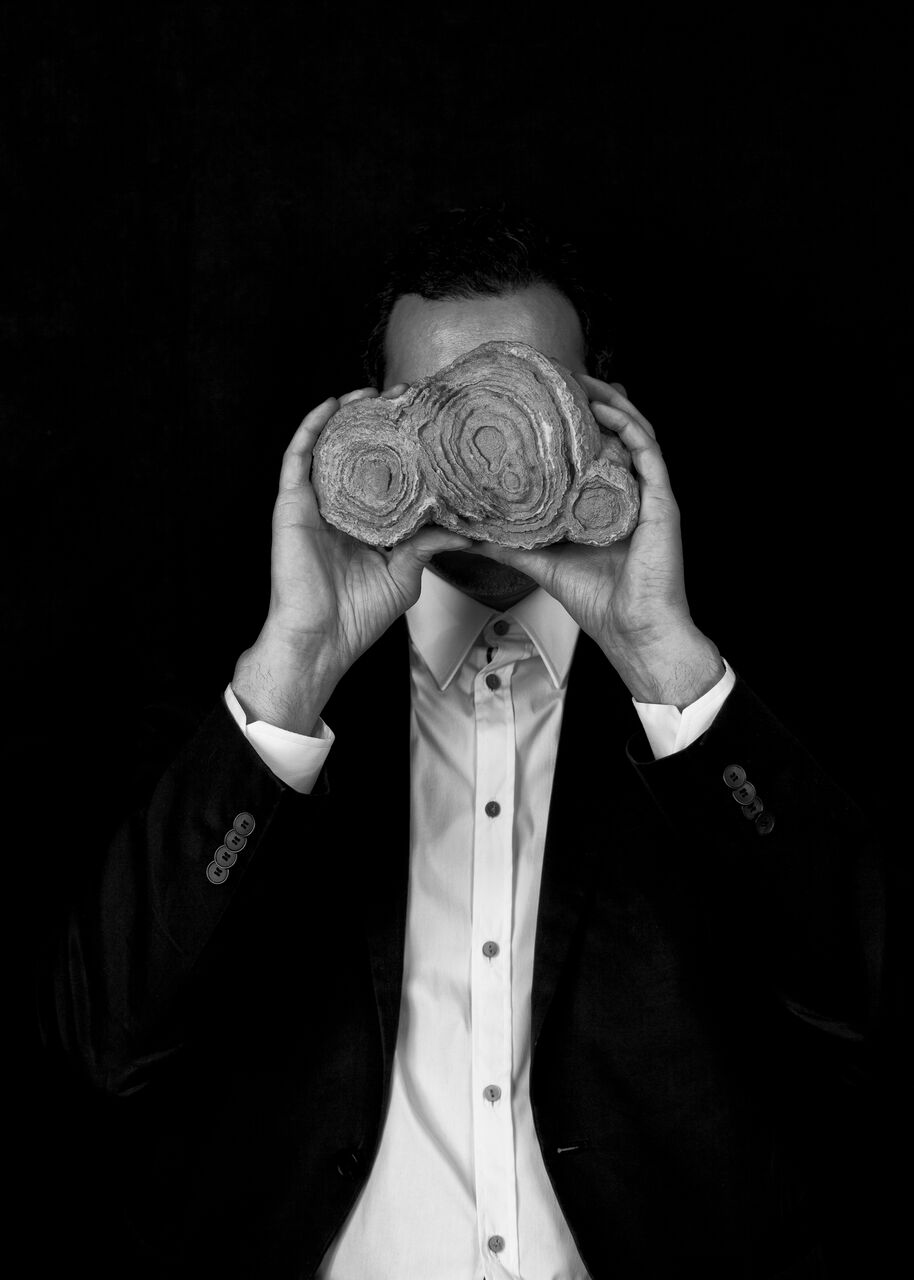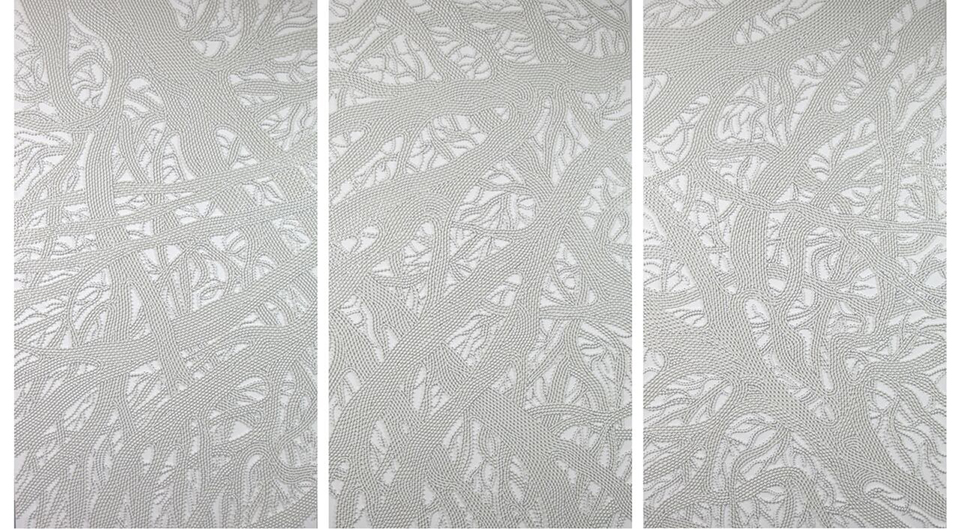The cultural construction of the “public” and the sayable in turn creates zones of privatised, inadmissible memory and experience that operates as spaces of social amnesia and anaesthesia.
– Nadia Serematakis, in The Senses Still. 1994
Opening on the 25th of May at Goodman Gallery Johannesburg and running until the 1st of July 2017, is an exhibition by internationally renowned Moroccan artist, mounir fatmi, titled Fragmented Memory. Not only does the presence of artworks in South Africa by an artist based between Tangier and Paris, speak to the blurring of the global and the local, but fatmi’s own practice revolves around these issues, expanding into other issues such as the fragmentation of cultural memory after colonialism, the complexities of a hybrid identity, the sometimes oppressive weight of religion and language – which are all themes that have resounding parallels for South African artists and others all over the world.
Included in the show will be recent sculptures, reliefs, photographs and installations – including new work making its debut on the African continent. Goodman Gallery’s decision to show fatmi’s work in South Africa is to “facilitate a richer discourse on colonial histories in Africa and challenge the colonial construct of a Sub-Saharan Africa disconnected from its North African neighbours.” fatmi has been exhibited internationally, and to much critical acclaim, having most recently exhibited work at the 57th Venice Biennale at the NSK State-in-Time Pavilion.

Three objects form the basis of Fragmented Memory; a copy of the Koran, a photograph of a Moroccan King, and a calligraphic painting. These are the only cultural objects that mounir fatmi remembers from his childhood home in 1970s Tangier – all of which he was forbidden to touch or were positioned out of reach, but which vividly captured his imagination. fatmi takes these objects as a starting point for his work ‘to show how the few elements of culture I had in my childhood home have shaped my artistic research, my aesthetic choices and my entire career,’ he says. fatmi adds that ‘through these objects, I draw a direct relationship to language, to memory, and to history in this show, because, for me, these three elements depend on one another: without language there is no memory and with no memory there is no history.’
It is interesting to read this body of work in relation to the writings of anthropologist and author C. Nadia Seremetakis, who in her book The Senses Still (1994) highlights the importance of personal memory and narrative as constituting the sphere of potential alternative memory and temporality that combats the singular and encompassing narrative of modernism. Seremetakis says, “The split between public and private memory, the narrated and unnarrated, inadvertently reveals the extent to which everyday experience is organized around the reproduction of inattention, and therefore the extent to which a good deal of historical experience is relegated to forgetfulness.” In Fragmented Memory, mounir fatmi furthers uses his personal journey, in a sense mining his memories and digging past the forgetfulness, to comment on cultural memory and collective history – marking a rare autobiographical approach in his work. I am excited to see fatmi bring out these intimate memories into the public sphere and in turn challenge what we have regarded as defining moments within our own cultures and histories.




















































